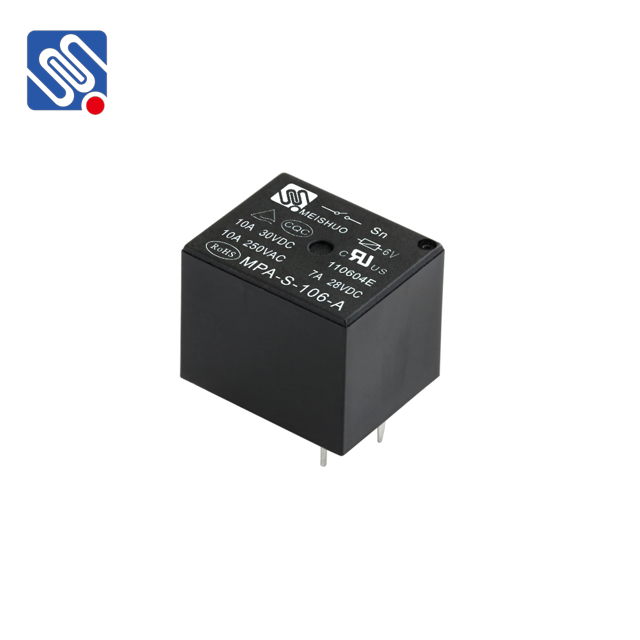understanding relay current rating and its importance in electrical systems
Release time:2025-10-23 17:42:54
Relays are crucial components in modern electrical systems, enabling the control of large electrical loads with a small control signal. One of the most important specifications when selecting a relay is its current rating, which determines the maximum amount of current the relay can handle without sustaining damage. This article will delve into what relay current ratings are, why they matter, and how to choose the right relay based on these ratings.

What is Relay Current Rating?
The relay current rating refers to the maximum electrical current that a relay's contacts can handle without degrading in performance or being damaged. This rating is essential because it ensures that the relay can handle the power requirements of the circuit it is controlling. The current rating is typically specified for both AC (alternating current) and DC (direct current) circuits, as these types of currents behave differently when switching, and each requires different considerations in terms of relay design.
Relays are often categorized based on their current rating, with higher-rated relays able to handle more current. Commonly found ratings for relays include values such as 5A, 10A, 20A, or even 30A. It's important to choose a relay that matches or exceeds the current requirements of the device or system it controls to avoid overheating or failure of the relay.

